No matter what standard of badminton you’re playing, there comes a time in a game when you need to try something different in order to outwit or outmanoeuvre your opponent.
Perhaps the easiest and most effective way of achieving this is to either inject pace or reduce the pace of the rally. This usually has the effect of causing a mishit by your opponent which may result in a point or set up a kill to win the point.
So how do you effectively change the pace of the game to create tactical advantage?
In every badminton game there is a natural rhythm which develops. This is dependent on the skills of the players involved. So, after the opening half dozen or so rallies, we begin to see a pattern emerge in terms of pace. Usually, if left unchecked, this pace will continue throughout the game with very little variation.
A good badminton tactic at any standard is to mix up the pace sufficiently to break down this pattern therefore keeping your opponents guessing and not being able to settle into their rhythm.
Let’s look at specific areas on court where you can change the pace considerably.
The Rear Court
Let’s assume here that your opponents have lifted the shuttle therefore giving you the attack. What are your change of pace options?
1) Slice smash – very effective as your opponents may already be on their heels waiting for “the big one.” The slice version of your usual smash drops the shuttle considerably shorter which means your opponent has to stretch or move forward to play the return rather than react off the pace of your smash. The slice also considerably reduces the speed of smash. Often this causes your opponent to mis-time their return which sets up an easy kill.
2) Slice drop shot – the benefits of using slice are mentioned above. Performed well, this shot is very deceptive because the racket is still travelling fast during the hitting cycle. It’s the deception, along with the speed of the drop that fools your opponent.
3) Check smash – Li Yongbo, the great Chinese player and now Head Coach to the Chinese National Team, was one of the greatest exponents of this particular shot. His disguise was incredible. The “checking” of the racket at the last possible second fools your opponent into expecting the big smash. Consequently, they shift their weight onto their heels. Shifting the body weight forward to return the check smash is very difficult and can easily result in a mishit or missed shot.
4) Very high clear – Susi Susanti, the great Indonesian singles player was brilliant at using height to her advantage. Most of the time we clear the shuttle at a standard height. If the hall allows, try clearing the shuttle with significantly more height. The increased waiting time and sheer vertical drop make the return very difficult to time well. The wait alone helps to break the pace of the game.
5) Punch clear – Occasionally, your opponents, in their desire to get on the attack, move their base forward, leaving a gap at their rear. A good punch clear, injecting pace into the game can really catch them out.
The Mid Court
Usually, if you’re playing shots in the mid court the game is either flat or you may be lifting the shuttle following a push down from your opponent. Here’s a few options for you.
1) Very high lift to the rear court. Again, use considerable height if the hall allows so the shuttle takes a lot longer to land in your opponents striking zone. The wait for the shuttle really is off putting and buys you time to recover. The vertical trajectory of the shuttle is very difficult to hit.
2) Drive into rear court corners. If you hold the power until the very last second, this shot is very effective. But, it needs disguise to carry it through well. The sudden injection of pace and direction can make this shot a winner.
3) In doubles, the standard block to the net is an anticipated return. Martin Dew, former England international used to play a particular effective shot here where he literally “dragged” the shuttle downwards towards the net. This is a very deceptive shot with opponents expecting a fast pace and are suddenly left scrambling to the net to meet a fast dropping shuttle.
4) Finally, from a lower mid court position, this last option for you needs a high level of hand skill to pull it off. Let’s say you’re picking up the shuttle low on your forehand side. Open the racket face as though you were playing the shuttle to the net on the forehand side. At the last second, move the hand, close the racket face and inject some pace into the shuttle and send it cross court to the net. Your opponent will anticipate the straight return and move towards this area on the court. It is very hard to suddenly change direction and cover a fast cross court reply.
The Forecourt
In this area, your opponent’s expectations will depend on whether the shuttle is high above the net waiting to be killed, or just below net height. Let’s break these areas down and give you a couple of examples.
Shuttle above the net
1) These are the “kill” shots that shouldn’t be missed. But, in top class doubles, the shuttle keeps coming back. So let’s start with the “old classic” where your opponent is expecting the kill, a hard shot, and at the last second, you stop your racket and touch the shuttle over the net. Taking the pace off the shuttle is unexpected and usually catches your opponent flat footed.
2) From a classic attack position, your partner has set up rising shuttle opportunity for you at the net. The easier shot is to kill the shuttle and win the point which is preferable. But, you may wish to check smash again to add that element of surprise and pace that can be just as effective and also a winner.
Shuttle below net height
OK, we’re into high skill territory here.
1) Nora Perry, English badminton legend used to play a beautiful shot on her backhand where she took a slightly longer backswing before gently taking all the pace off the shuttle, slightly cutting across the shuttle delivering the most exquisite spinning straight net shot that won her so many points
2) Whichever side the shuttle is on, wait until the last second looking as if you’re about to play a straight net shot. Just as you’re about to hit the shuttle, turn your hand and send the shuttle cross court with a bit more pace.
I’ve covered a number of scenarios here but there are always more. Test these in your next game and see for yourself what response you get.
Invariably, the most attacking side should win a match, but that doesn’t mean they are the hardest hitter. You can attack with or without pace, and usually the winning shot follows a change in pace.
The more you can break down your opponents playing rhythm, the more you will upset their game and find mistakes creep in. Understand this and add it to your tactics bible. It will help you win more games.
Feel free to email me at paul@badminton-coach.co.uk or comment on my thoughts here. Add a few scenarios of your own too as this article wasn’t written with the intention if listing every possible combination of moves.
I’m confident you will find something here that will improve your game, no matter what standard you are playing. Some of these shots require extremely high skill, especially the ability to “hold” the shot until the last second. For this you have to master using your hands well and have extremely fast grip changes.
To your success
Paul


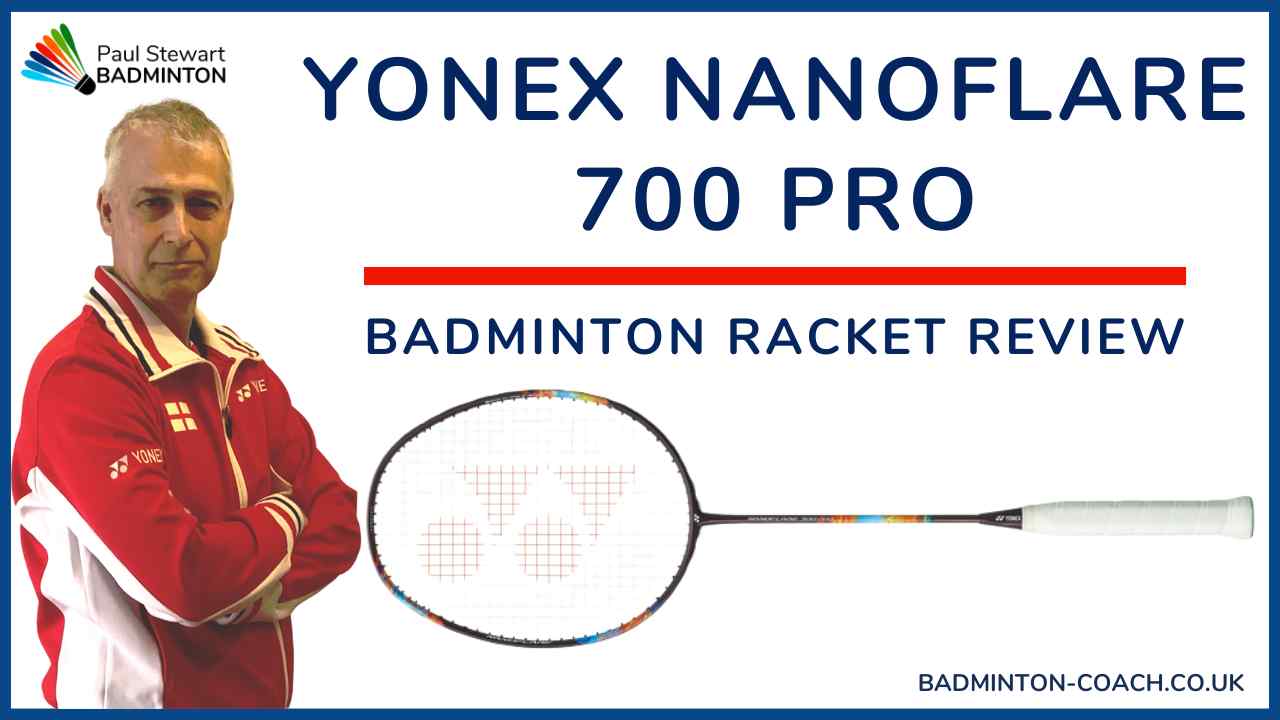

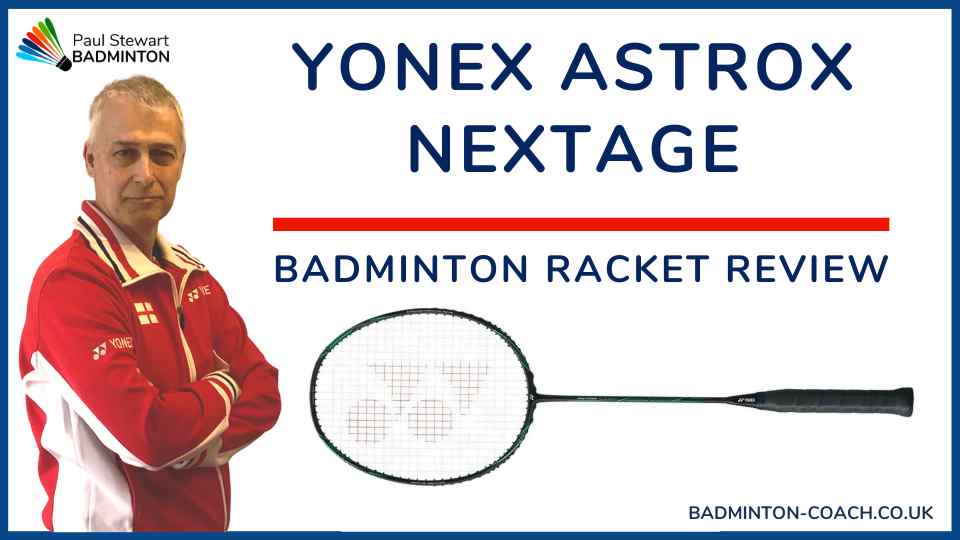

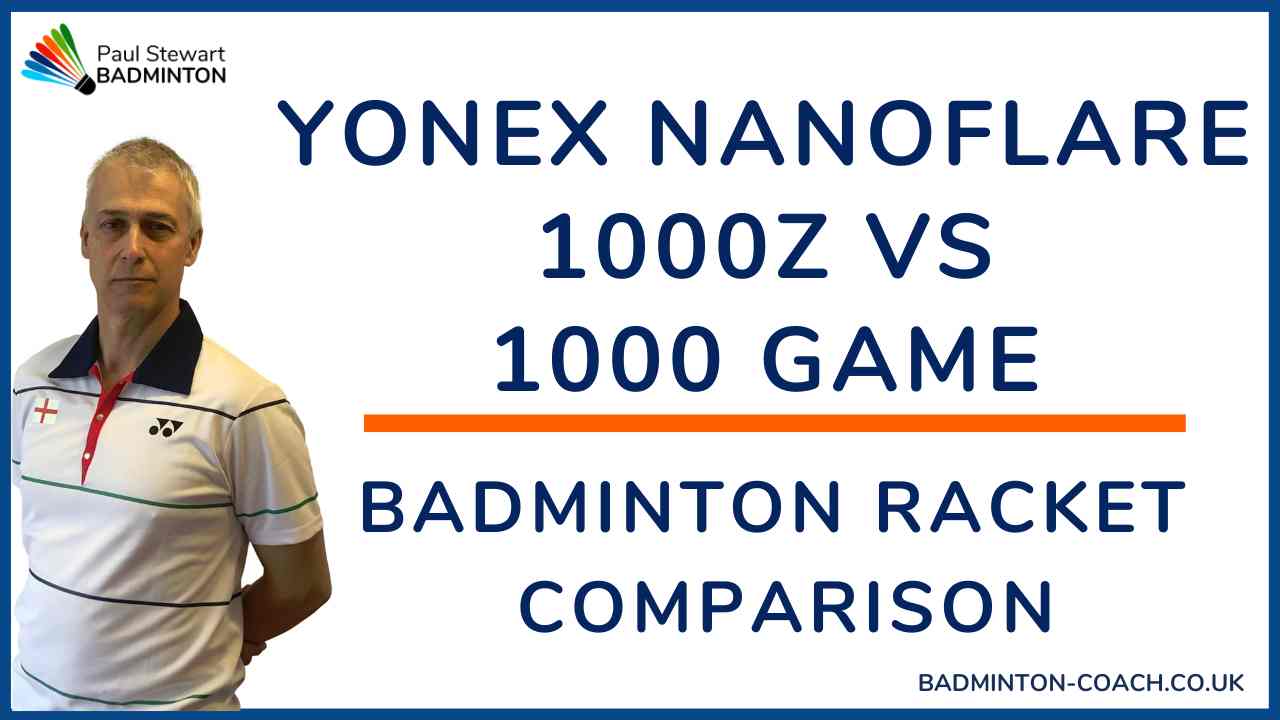
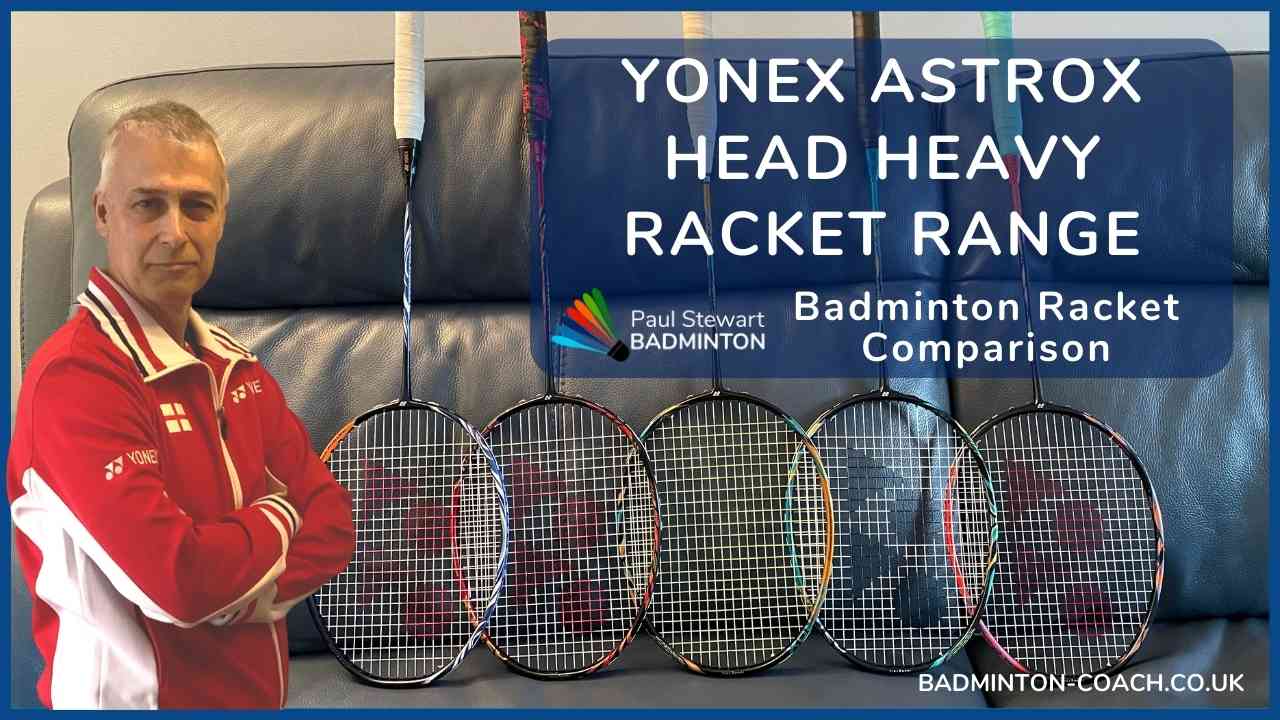

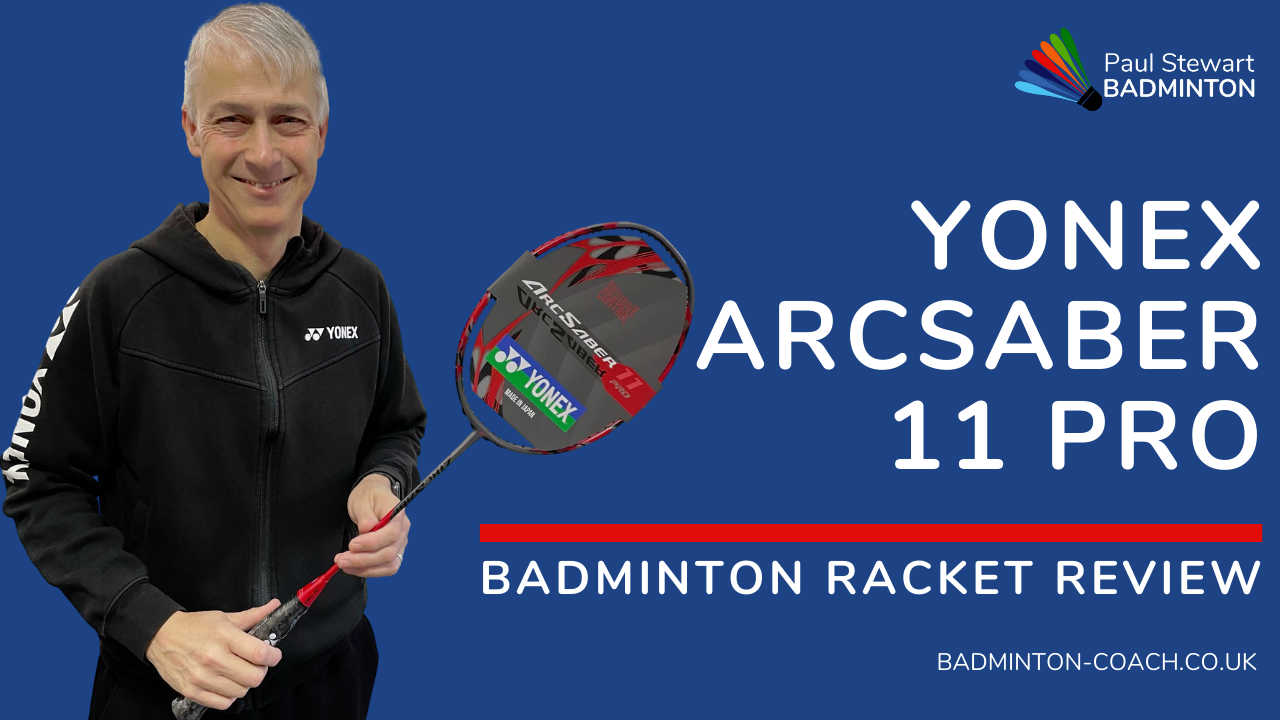

Hi Ali
Many thanks for your kind comments.
I’m smiling like a cheshire cat! I write these articles to continue to push the boundaries of knowledge in this sport.
You should see what I’ve got lined up for 2010! So many videos to record but not all will be free next year.
All the best for 2010.
Paul
Excellent article Paul – concise, accurate and extremely informative!
I have decided to e-mail a link of this web article to all those in my club, I’m sure they will all benefit from your words of wisdom!
Merry Christmas!